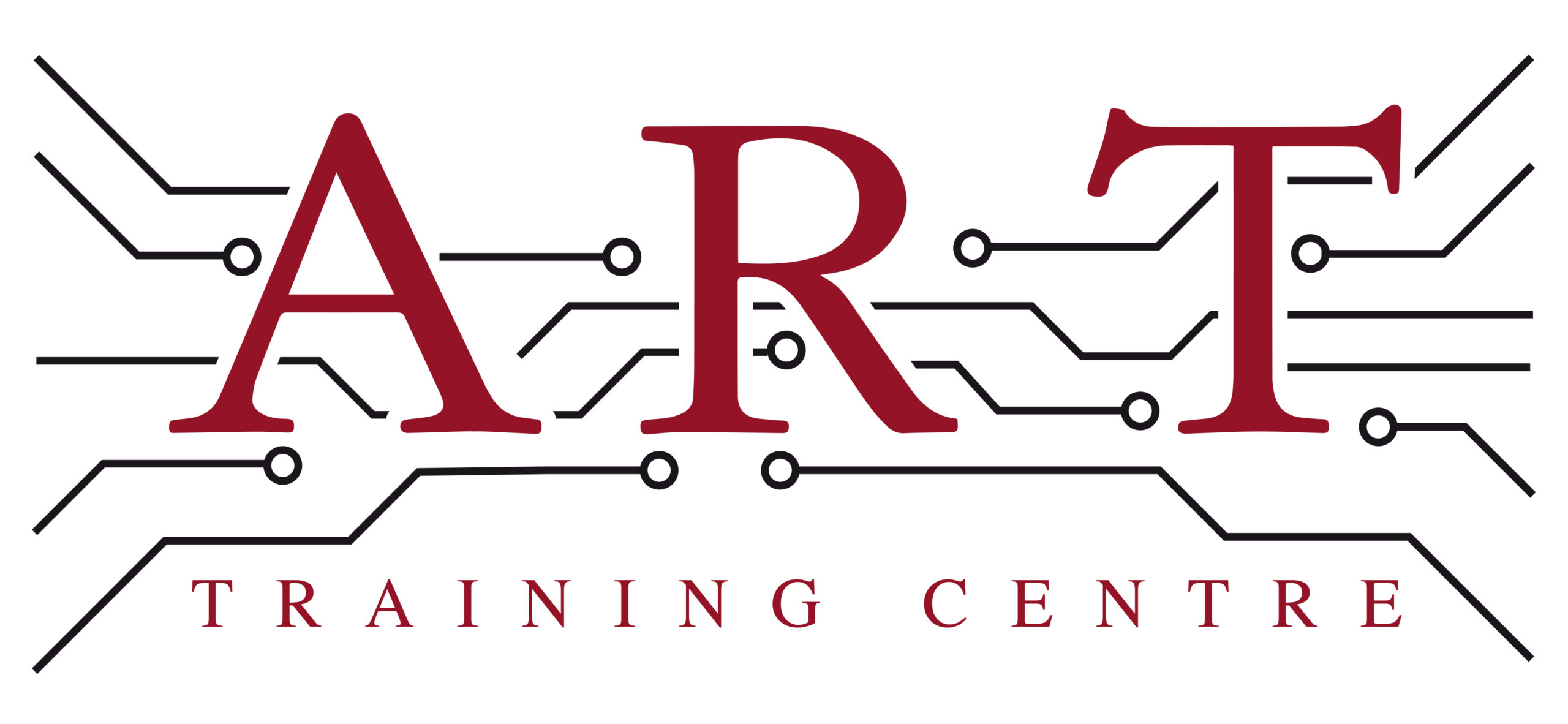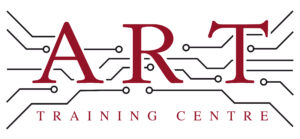Definition
Voiding is the presence of air pockets or gaps within a solder joint, particularly in electronics manufacturing. It can occur during the soldering process and is considered a fault that may affect the reliability and performance of the electronic assembly. Voiding is an important concept for technicians, as it can lead to weak connections and potential failure of the device.
How It’s Used in the Industry
Voiding is assessed during the soldering and inspection processes in electronics assembly, especially for printed circuit boards (PCBs). Technicians aim to minimise voids by optimising soldering methods, such as using the correct temperature and solder paste application techniques. During inspection, X-ray or optical methods are used to identify voids in solder joints. Understanding voiding is essential for both trainees and experienced professionals, as it directly impacts the quality and reliability of the final product, ensuring it meets industry standards and customer expectations.
History & Origins
Voiding became a recognised issue in electronics manufacturing in the late 20th century, coinciding with the rise of surface mount technology (SMT). As soldering techniques evolved, industry standards, such as those developed by IPC, began to address the acceptable levels of voiding in solder joints. The increasing complexity of electronic devices and the need for higher reliability led to greater scrutiny of voiding, establishing it as a critical factor in quality control and manufacturing processes.
Variations
There are several types of voiding, including microvoids, which are tiny air pockets that can occur in solder joints, and macrovoids, which are larger gaps that can significantly weaken the joint. Voiding can also vary based on the soldering method used, such as reflow or wave soldering. Understanding these variations is crucial for technicians, as different types of voiding can have different implications for the integrity and performance of electronic assemblies.
Modern Applications
Today, voiding is a critical consideration in electronics production, particularly in the assembly of surface mount and through-hole components. Advanced techniques, such as automated optical inspection (AOI) and X-ray inspection, are commonly employed to detect voids. Compliance with IPC standards regarding voiding is essential for manufacturers to ensure quality and reliability. Training programs now emphasise the importance of understanding voiding to equip technicians with the skills needed to produce high-quality electronic assemblies.
Practical Tips & Training
When working with voiding, it is essential to ensure proper solder paste application and temperature control during soldering. Regular inspections using appropriate tools, such as X-ray machines, can help identify voids early. Technicians should also engage in structured training and certification programs to enhance their understanding of voiding and its impact on electronic assemblies. Safety protocols should always be followed when handling soldering equipment and materials.


